How Magazines Helped Shape American History
Explore 300 years of the periodical in an encyclopedic exhibition opening at the Grolier Club in New York City
/https://tf-cmsv2-smithsonianmag-media.s3.amazonaws.com/filer/10/3c/103c0d85-5917-4cf9-8fe5-ee5412679fa0/screen_shot_2021-02-22_at_114717_am.png)
On a whim in 1972 while enrolled in medical school, Steven Lomazow began collecting magazines. Nearly 50 years later, the 73-year-old doctor-turned-collector has amassed a personal archive of more than 83,000 issues and 7,000 titles, chronicling subjects as wide-ranging as the Revolutionary War, abolition, modern art, satire, baseball, beekeeping and much more.
Now this rare archive, spanning three centuries from the early 1700s to the present, is on view through April 24 in a new exhibition, “Magazines and the American Experience,” at New York City’s Grolier Club, renowned for its stewardship of antiquarian books and works on paper. Covid-19 restrictions are in place with visitors asked to reserve appointments 48 hours in advance. For national audiences, Lomazow and librarian Julie Carlsen have curated an extensive online exhibition, chronicling the magazine experience against the backdrop of American history on subjects ranging from the birth of democracy, to emancipation and the Civil War, the mid-century information age and the battle for civil rights, as well as a host of niche publications on celebrity, humor, art and baseball.
Reports the New York Times’ Jennifer Schuessler: “Cumulatively, the titles on display give a window into broad themes of American history, including the emergence of political parties (which, back in the early 19th century, had their own magazines), the coming of the Civil War, the evolution of the Black freedom movement and the rise of new technologies like television and computers.”
The archive pays homage to the printed word and the experience magazine readers cherish in turning pages to delight in discovery across a range of essays, poetry, illustration, photography and the graphic arts. “‘Magazine,’ which comes from the word for ‘storehouse,’ shares an etymology with the French magasin, or ‘shop’: the concept was to bring different offerings together, and accordingly they became venues where key dramas of the early nation played out,” writes Nathan Heller for the New Yorker.
Highlights of the show include issues from the early 1700s of The American Magazine, the first successful American magazine that was sold by Benjamin Franklin in Philadelphia; and the early 18th century The Ladies’ Magazine, where Sarah Josepha Hale became the first female editor in the country. She hoped the publication would serve as a vehicle for the education of women.
The show demonstrates how a well-executed magazine story has the power to change the course of history. For example, reports Roger Clark for Spectrum News 1, one flattering depiction of presidential candidate Abraham Lincoln on the November 1860 Harper’s Weekly Magazine cover is thought to have helped him win the election. Another, reports the New Yorker, is the issue from American Museum dated May 1789, which printed a fold-out illustration of kidnapped, enslaved African people packed into a cargo ship. The image, printed alongside a clear abolitionist message—“Here is presented to our view, one of the most horrid spectacles”—sparked an outrage at the time for its portrayal of the brutalities of enslavement.
A number of other critical abolitionist magazines are on display, including Douglass’ Monthly, which ran from 1860 to 1863 and was edited by Frederick Douglass and Martin Robison Delany. Delany, a champion of black nationalism, went on to become the highest-ranking black field officer during the Civil War. Lomazow also owns the first issue of the first-ever magazine published by an African American man in the country: David Ruggles’ 1838 issue of The Mirror of Liberty.
Viewers can scroll through early issues of The Atlantic Monthly, predecessor of today’s The Atlantic. The show also features The National Geographic Magazine, which launched in 1888, and Vogue, which began in 1892 as a “modest” illustrated weekly before publisher and entrepreneur Condé Montrose Nast purchased the publication and transformed it into the world-renowned fashion magazine it is today.
One section of the exhibition focuses on the contributions of key black magazines, such as Jet and Essence, the groundbreaking magazine for African American women that debuted in 1970. During the Harlem Renaissance in the 1920s, in the pages of Fire!!, famed artists such as Langston Hughes, Zora Neale Hurston and Countee Cullen documented the booming black arts and political scene of the time.
“The best way to think about magazines is as the analog Internet—they’d foster communities of people, just like on social networks,” Lomazow tells the New Yorker.
Lomazow also highlights rare artifacts from the early careers of American artists: for instance, Hemingway’s first-ever published story, which ran in a 1916 high school literary magazine. In 1946, Marilyn Monroe made her first-ever appearance on a magazine cover on an aviation manufacturing magazine and would later—without her consent—appear on the debut 1953 issue of Playboy.
Bizarrely, the first eyewitness account of the Wright Brothers’ famous 1904 flight at Kitty Hawk appeared in an issue of Gleanings in Bee Culture, a beekeeping hobbyist magazine run by the entrepreneur and polymath Amos Ives Root.
As Lomazow himself points out, the exhibition also functions as an ode to the long cultural production of a now-struggling industry. Thanks in part to a revolution in digital advertising and the rise of social media, magazines—and the media industry writ large—now face challenging economic constraints. But in the heyday of print advertisements, magazine flourished and writers reaped the benefits—the New Yorker reports that writer Ernest Hemingway once earned today’s equivalent of about 13 dollars per word to write short reports from his European travels.
“It’s kind of ironic that this show is what it is at this time,” Lomazow tells the New Yorker. “It’s kind of an epitaph to the printed magazine.” But not to fear—Smithsonian magazine’s editors posit that any rumors of demise are greatly exaggerated, and remind readers to check out the many benefits of subscriber membership.
/https://tf-cmsv2-smithsonianmag-media.s3.amazonaws.com/accounts/headshot/nora.png)
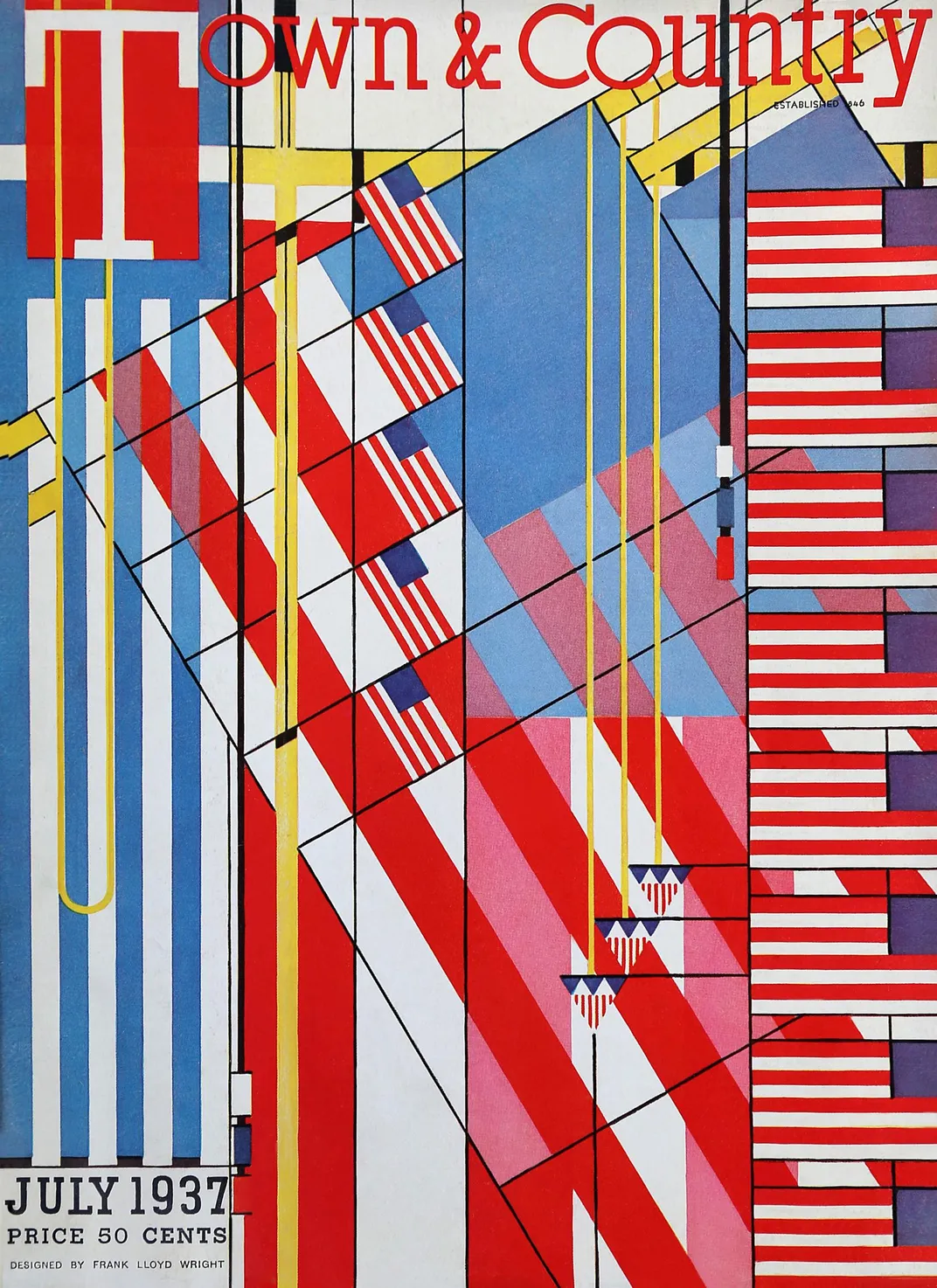
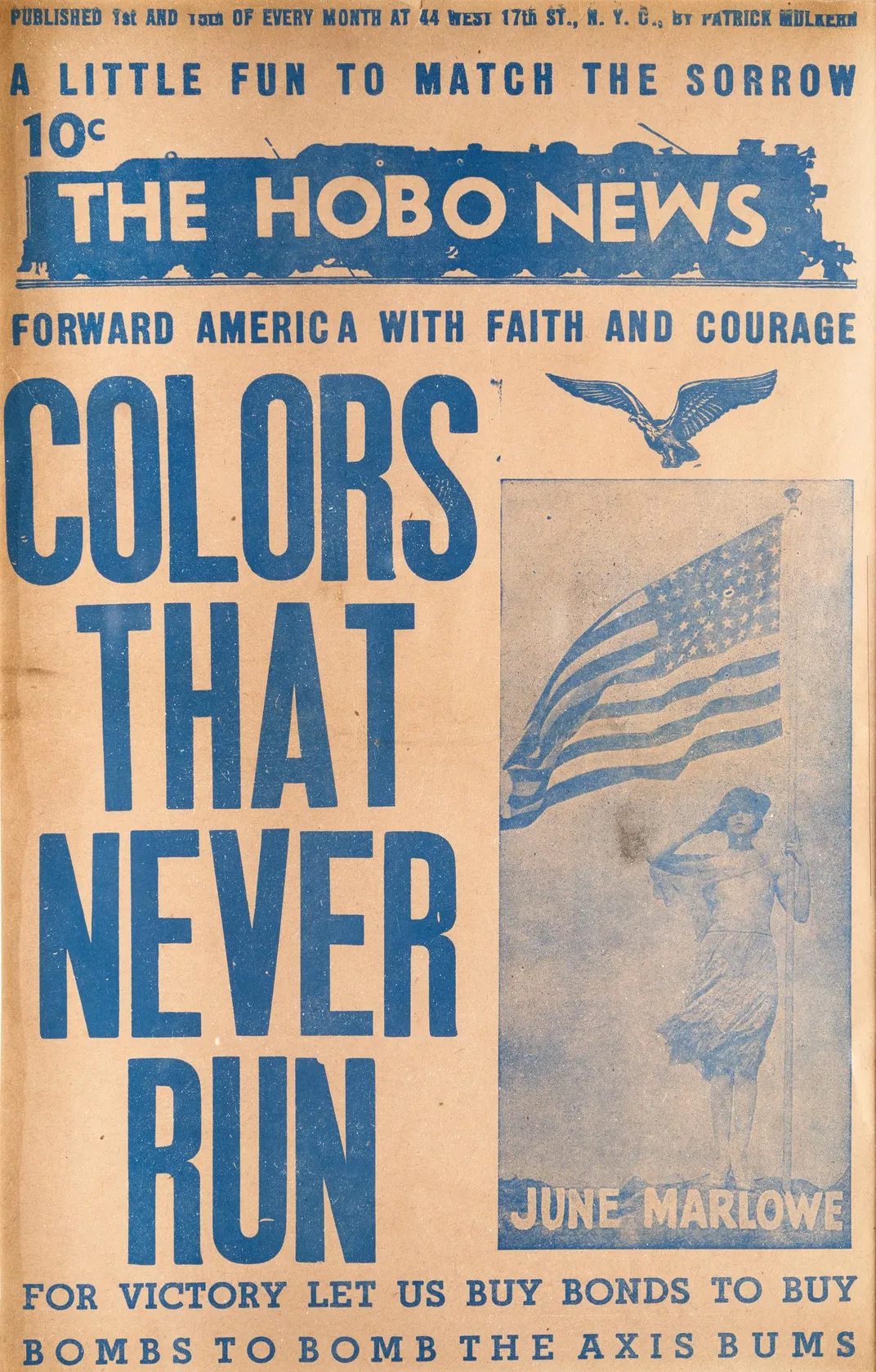
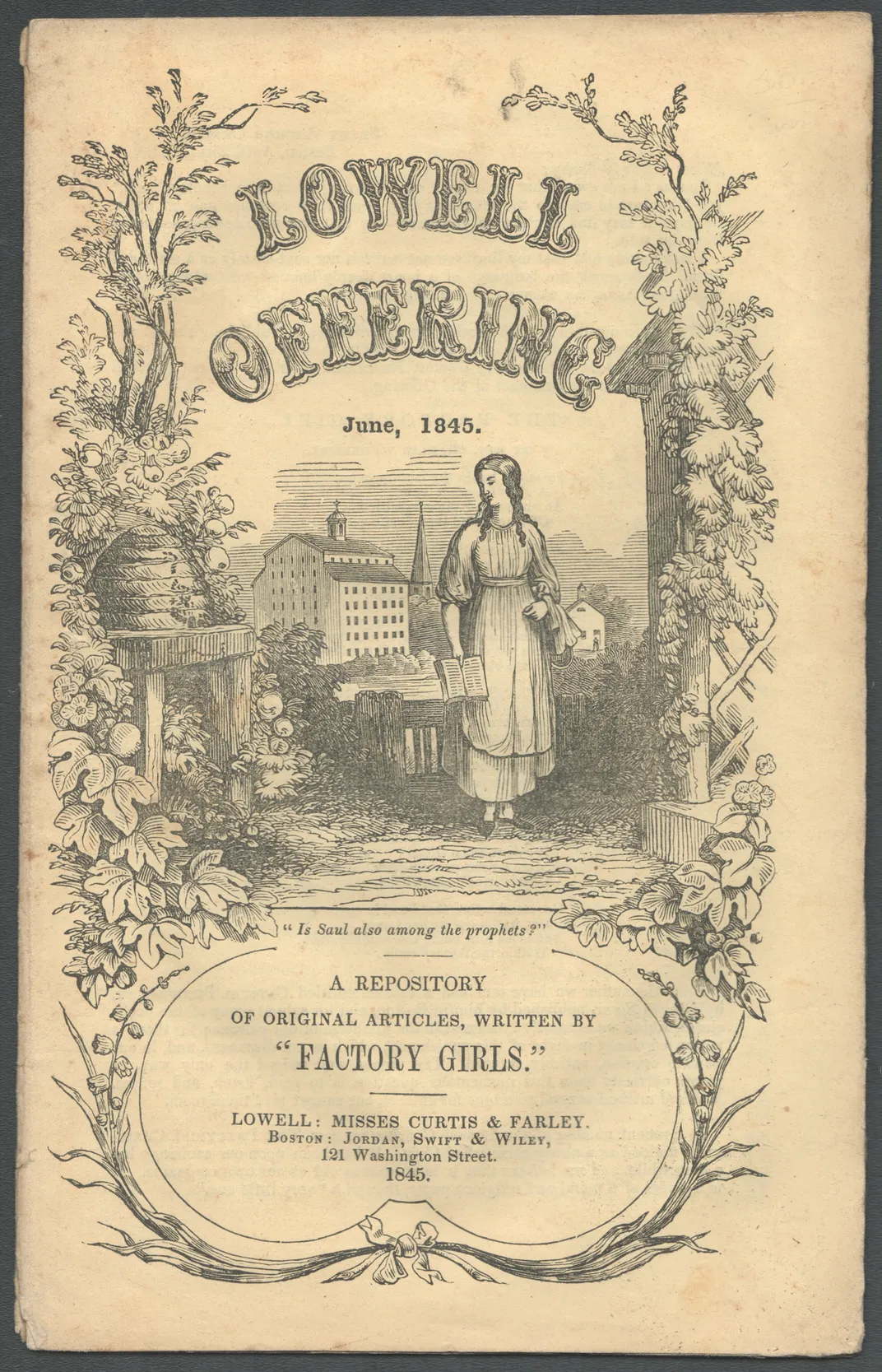
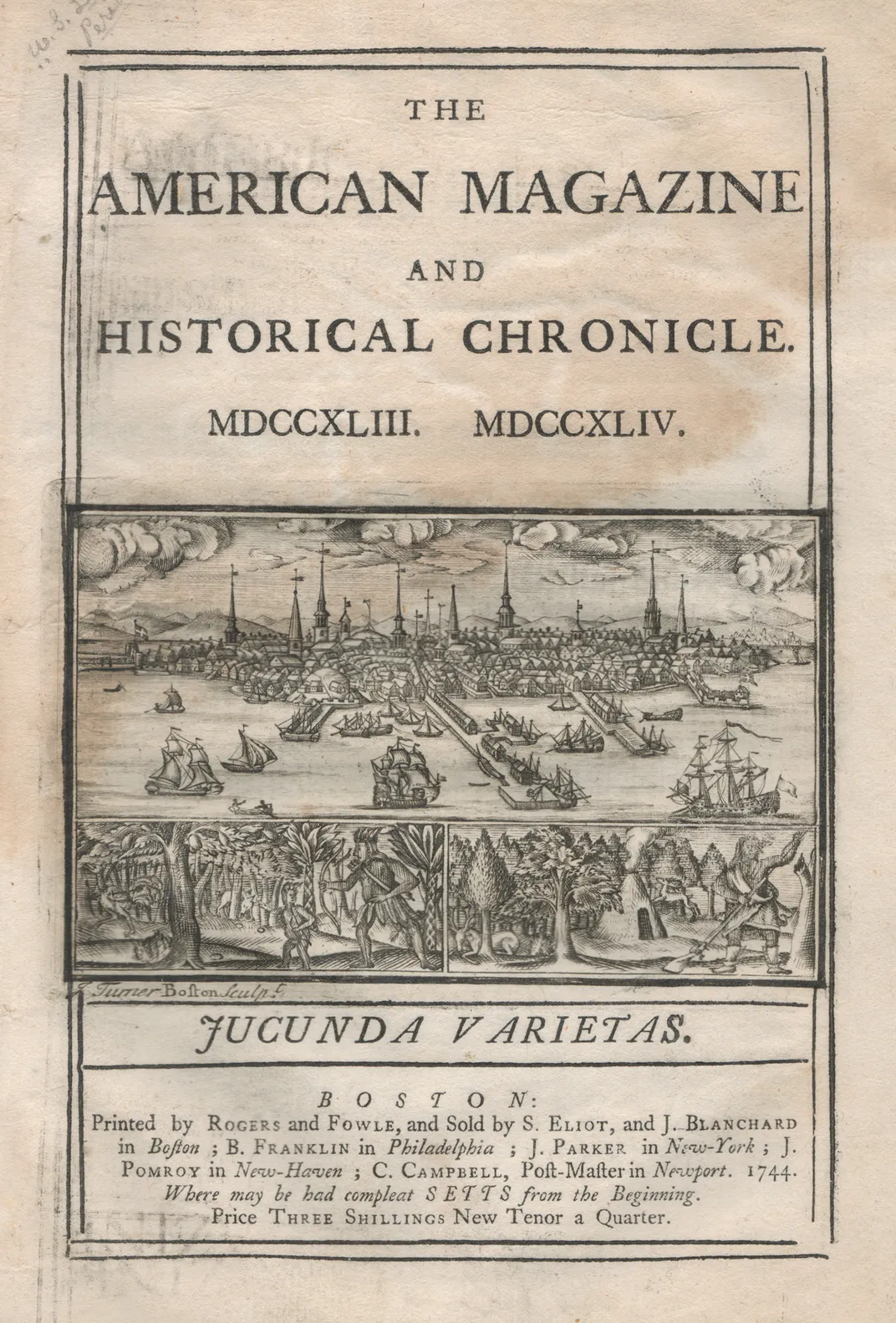
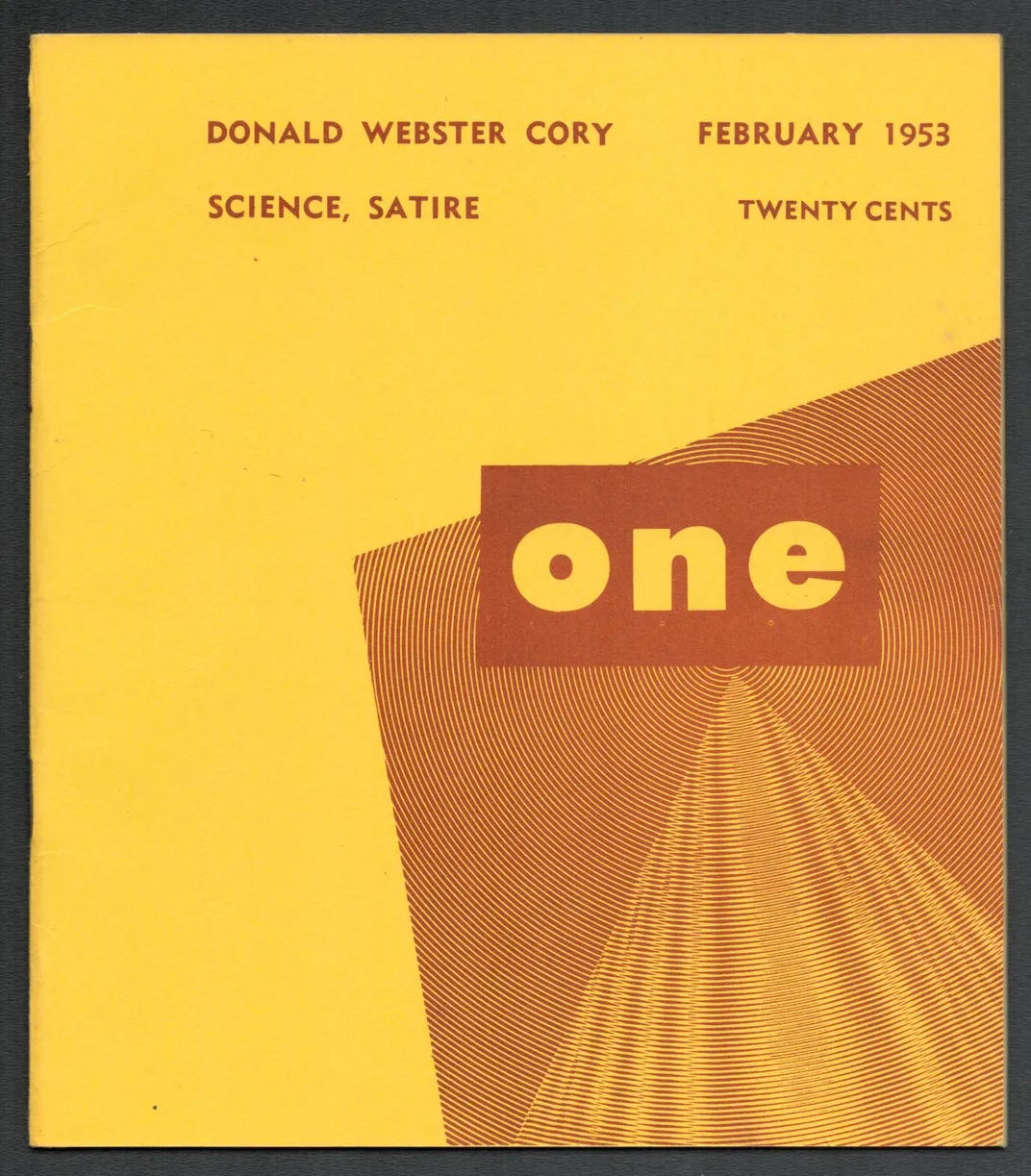
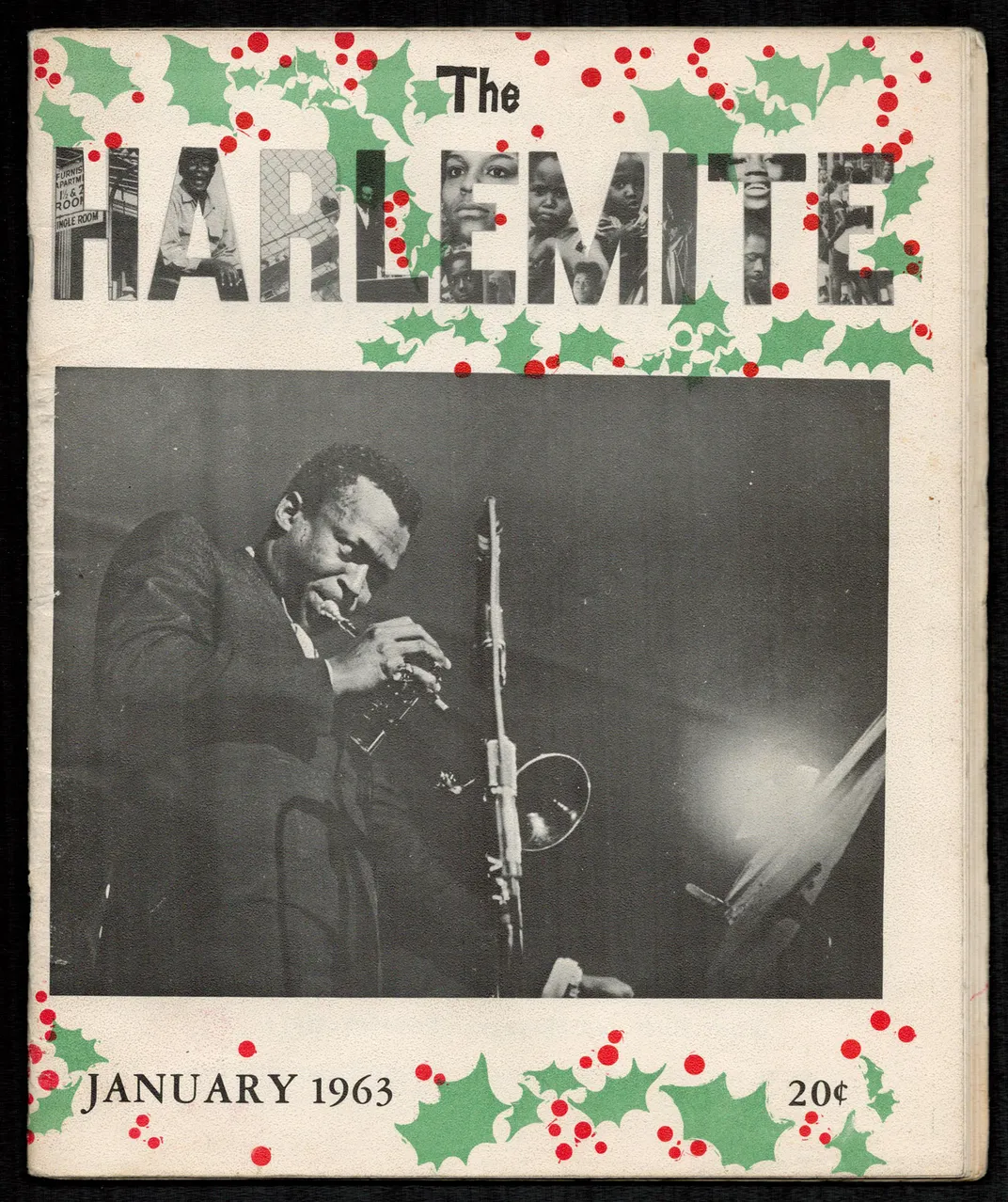
/https://tf-cmsv2-smithsonianmag-media.s3.amazonaws.com/accounts/headshot/nora.png)